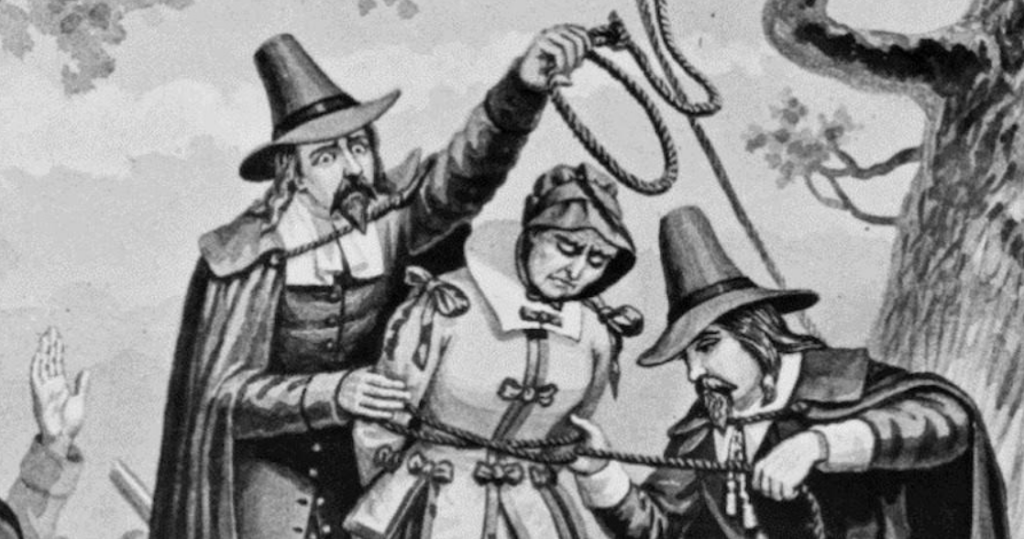
Think you know the story of the Salem Witch Trials? Think again. The truth behind this dark chapter in American history is far more chilling and complex than what you learned in school.
The events that unfolded in Salem, Massachusetts in 1692 were not simply the result of religious fanaticism and superstition, but rather a combination of political, social, and economic factors that came together in a perfect storm of fear and hysteria.
At the heart of the hysteria were two young girls, Betty Parris and Abigail Williams, who claimed to be tormented by unseen spirits. Their bizarre behavior sparked a wave of paranoia that quickly spread throughout the town. Soon, others began to exhibit similar symptoms, and accusations of witchcraft began to fly.
The accused were often marginalized members of society, including women, the elderly, and those who were different in some way. Many were accused by neighbors with grudges, while others were simply in the wrong place at the wrong time. The trials themselves were deeply flawed, with torture and coerced confessions used to secure convictions.
But the trials also had a political dimension. The accused were seen as a threat to the social order and to the authority of the colonial government. The trials provided a means for the government to assert its control over the population and to create a sense of unity among the colonists. In fact, some historians believe that the trials were a reaction to the political instability and religious strife that plagued the colonies at the time.
The legacy of the trials continues to haunt the community to this day. Salem, once a quiet fishing village, has become a mecca for tourists seeking to explore its dark and mysterious history. But we must learn from this history by recognizing the dangers of allowing fear and superstition to cloud our judgment. The Salem Witch Trials serve as a reminder of the importance of reason, justice, and compassion in our society.
Furthermore, the Salem Witch Trials had a profound impact on the cultural and literary landscape of America. The trials have inspired countless works of literature, from Arthur Miller’s “The Crucible” to Nathaniel Hawthorne’s “Young Goodman Brown.” The trials have been the subject of numerous films, television shows, and documentaries.
Additionally, The Salem Witch Trials had a lasting impact on American jurisprudence. The trials helped to establish the concept of innocent until proven guilty, a cornerstone of American law.
The trials serve as a cautionary tale about the dangers of groupthink and mob mentality. The events in Salem demonstrate how easily fear and hysteria can take hold of a community, leading to irrational and dangerous behavior. The trials remind us that we must be vigilant against the forces of fear and intolerance, and that we must strive to build a society that is based on reason, justice, and compassion.
In conclusion, the story of the Salem Witch Trials is one that continues to captivate and fascinate us over 300 years later. And it will likely continue to do so for a very long time. It is a story of fear and hysteria, of injustice and persecution, but also of resilience and redemption. We must learn from this history by recognizing the dangers of allowing fear and superstition to guide our actions, and by working to build a society that is grounded in reason, justice, and compassion.